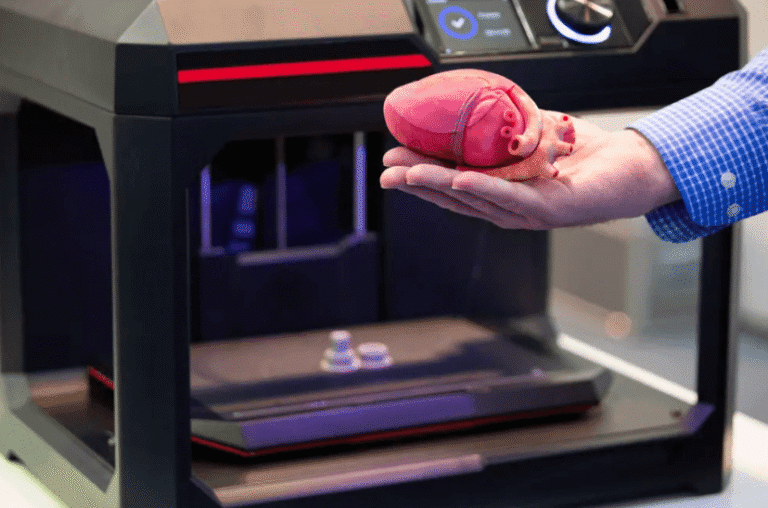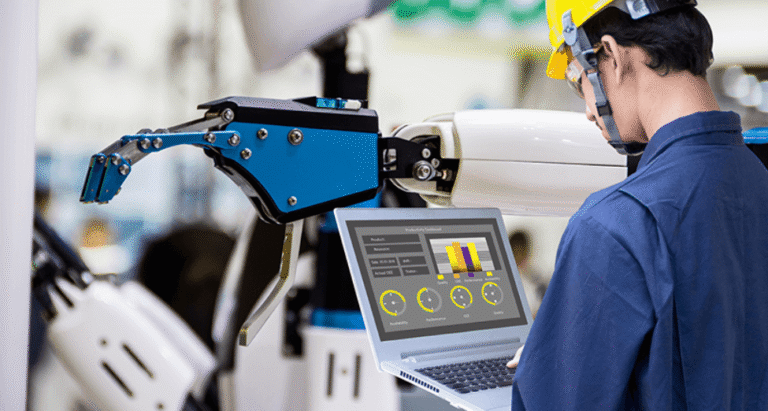The Future of Wearable Health Technology
Wearable health technology is on the brink of significant evolution. The integration of smart fabrics with biometric sensors enhances real-time monitoring capabilities. This shift empowers patients with greater control over their health. However, challenges such as data privacy and doubts about accuracy persist. Addressing these issues is crucial for fostering user trust. This landscape suggests a potential redefinition of personal healthcare, yet the path forward remains complex and uncertain.
Advancements in Wearable Health Technology
As the demand for personalized healthcare solutions continues to rise, advancements in wearable health technology have emerged as a pivotal response to this trend.
Innovations involving smart fabrics integrated with biometric sensors facilitate real-time monitoring of vital signs and health metrics. These developments empower individuals to take control of their health, fostering a proactive approach to well-being and enhancing the overall quality of life.
Challenges Facing the Industry
What obstacles hinder the widespread adoption of wearable health technology?
Key challenges include concerns over data privacy, which deter potential users from fully engaging with devices.
Additionally, the variability in user adoption rates affects market growth; many individuals remain skeptical about the accuracy and utility of health data provided.
Consequently, addressing these issues is crucial for fostering trust and enhancing user engagement in the sector.
The Future Landscape of Personal Healthcare
The challenges facing wearable health technology are significant, yet they also highlight potential opportunities for innovation and growth in personal healthcare.
Future advancements may emphasize personalized medicine, enabling tailored treatments based on individual data.
Remote monitoring will facilitate continuous health assessments, empowering patients with real-time insights.
This landscape promises to enhance patient autonomy and engagement, reshaping the way healthcare is delivered and experienced.
Conclusion
As wearable health technology evolves, it stands at the precipice of a new era, akin to a ship setting sail into uncharted waters. The horizon is filled with promise, yet turbulent waves of data privacy concerns and skepticism threaten the journey. To navigate these challenges, the industry must cultivate trust and transparency, ensuring that patients can harness the power of real-time health monitoring. Ultimately, the success of this voyage will define the future landscape of personalized healthcare.





